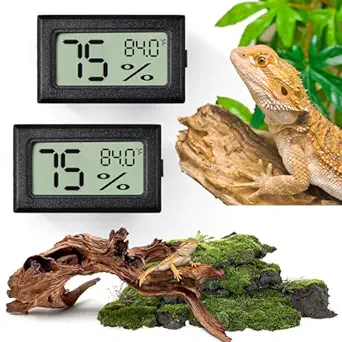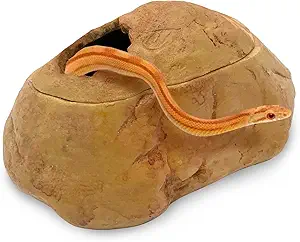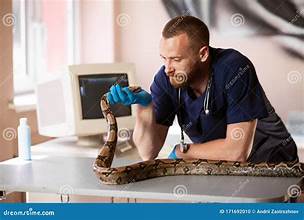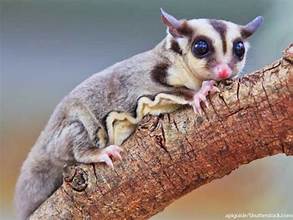Corn snakes are a popular choice for both novice and experienced reptile enthusiasts. These non-venomous snakes are known for their docile nature, manageable size, and vibrant color patterns. If you’re considering adopting a corn snake, here’s everything you need to know to ensure your new pet’s healthy and happy life.
Diet
Natural Diet:
In the wild, corn snakes feed on only small rodents, birds, and other animals. They are constrictors, meaning they suffocate their prey before consumption.
Captive Diet:
An appropriately sized mouse or rat diet is ideal in captivity.
Hatchlings should be fed pinky mice (newborns) every 5-7 days.
Juveniles can be fed larger mice every 7-10 days.
Adults can handle adult mice or small rats every 10-14 days.
Feeding Tips:
Always offer pre-killed prey to prevent injury to your snake.
Ensure the prey size is no larger than 1.5 times the snake’s width.
Use tongs to provide food to avoid accidental bites.
Habitat
Creating a suitable habitat is crucial for your corn snake’s well-being. Here’s what you need:
Enclosure:
A 20-gallon tank suits juveniles, but adults require at least a 40-gallon tank.
Substrate:
Aspen bedding, cypress mulch, or paper towels are excellent choices. Never use cedar and pine shavings, as they can be toxic.
Temperature:
Warm side:85-90°F (29-32°C) with an under-tank heater or heat lamp.
Cool side: 75-80°F (24-27°C) for thermoregulation.
Night temperature:70-75°F (21-24°C).
Humidity:
Always maintain humidity levels between 40% and 60%. Use a hygrometer to monitor humidity and lightly mist the enclosure if needed.

Lighting:
Corn snakes do not require UVB lighting, but a light cycle of 12 hours on and 12 hours off helps maintain their natural rhythm.
Hides and Decor:
Provide at least two hides, one on the warm and one on the cool side. For enrichment, include branches and artificial plants.

Life Expectancy
Corn snakes are relatively long-lived reptiles. With proper care, they will live between 15 and 20 years in captivity, and some even surpass 20 years.
Health Issues
While corn snakes are hardy, they can still face health challenges:
Respiratory Infections:
Symptoms include wheezing, bubbling at the nose, and lethargy. To prevent these, ensure proper humidity and temperature.
Mites:
These tiny parasites can cause irritation and health issues. Quarantine new snakes and clean the enclosure regularly.
Shedding Problems:
Low humidity can cause retained sheds. Provide a humid hide or soak your snake in lukewarm water if needed.
Mouth Rot (Stomatitis):
Look for signs of swelling, pus, or discoloration around the mouth; it requires veterinary care.
Things to Know Before Adoption
Commitment:
Remember that owning a corn snake is a long-term commitment, often spanning two decades.
Handling:
Corn snakes are generally docile and can be handled regularly, but they always support their body and avoid sudden movements.
Feeding Live Prey:
Always offer pre-killed prey to avoid injury to your snake.
Veterinary Care:
Have a reptile-savvy veterinarian available for regular check-ups and in case of health issues.

Escape Artists:
Corn snakes are adept at escaping. Ensure the enclosure is secure with a tight-fitting lid.
Conclusion
Owning a corn snake can be a rewarding experience. Manageable care requirements and calm demeanor make them excellent pets. You can ensure your corn snake lives a long, healthy, and happy by providing a proper diet, suitable habitat, and regular care. If you’re prepared for the commitment, a corn snake could be the perfect addition to your home.
Disclosure: This page may contain an affiliate link to Amazon.com. We might receive a commission if you follow them and purchase anything from the recommended products. I can assure you that I never recommend anything I don’t trust. Thanks for supporting positvelypets.com!




